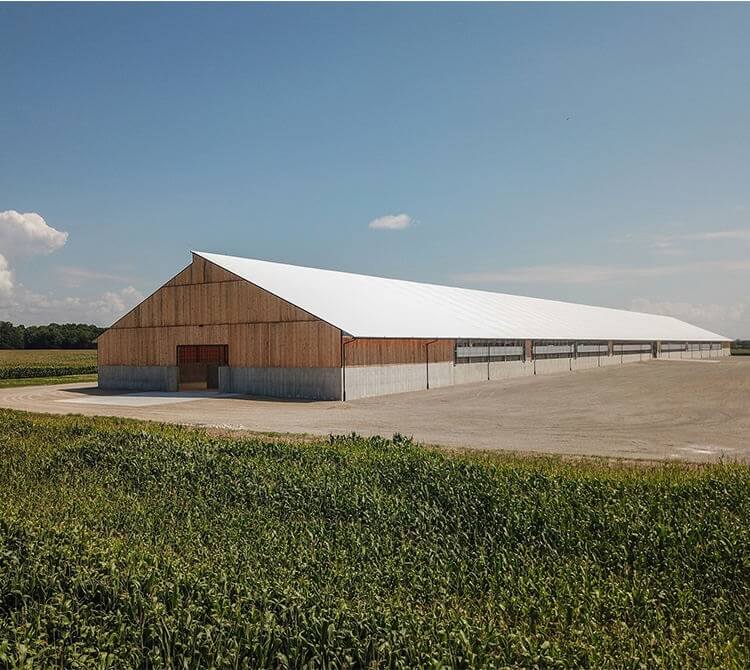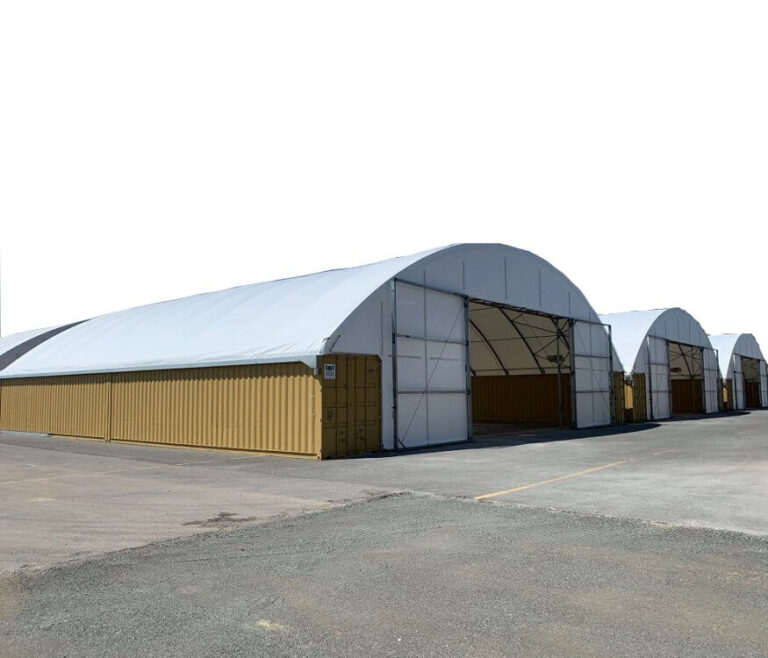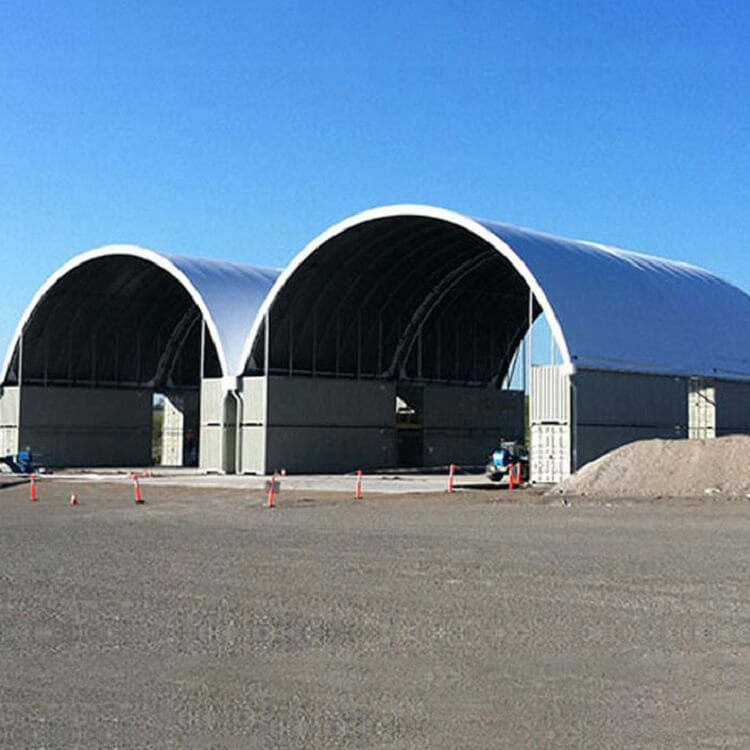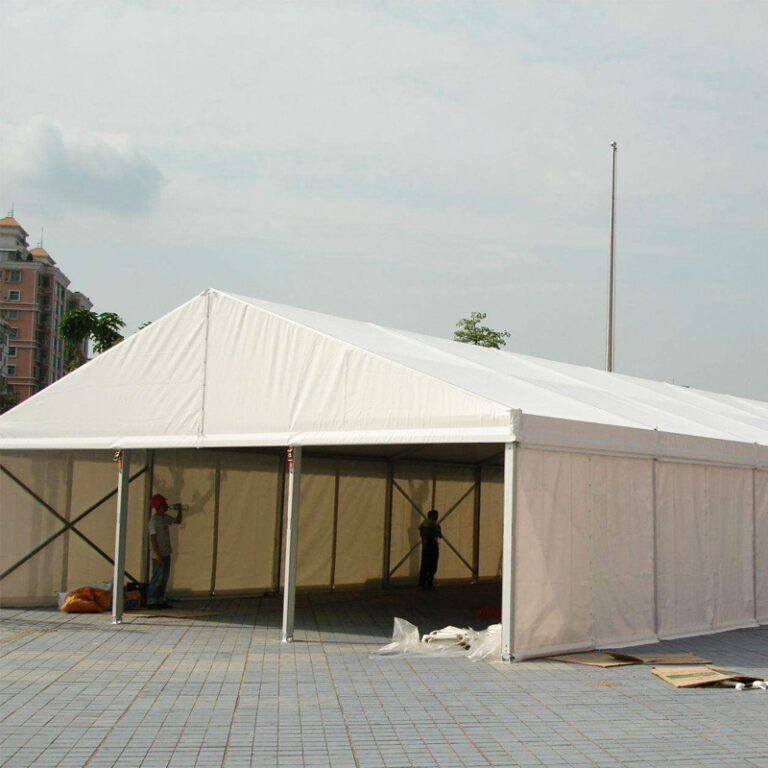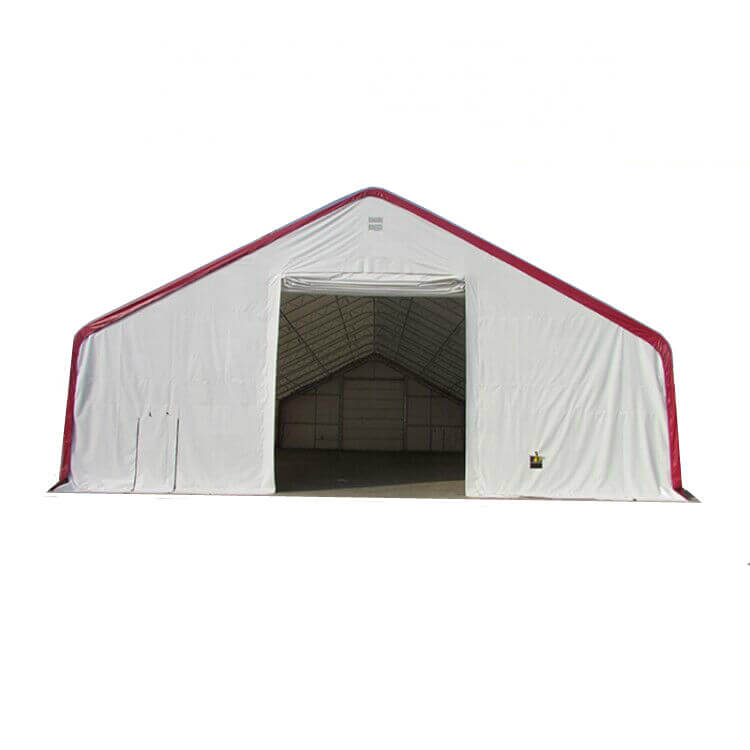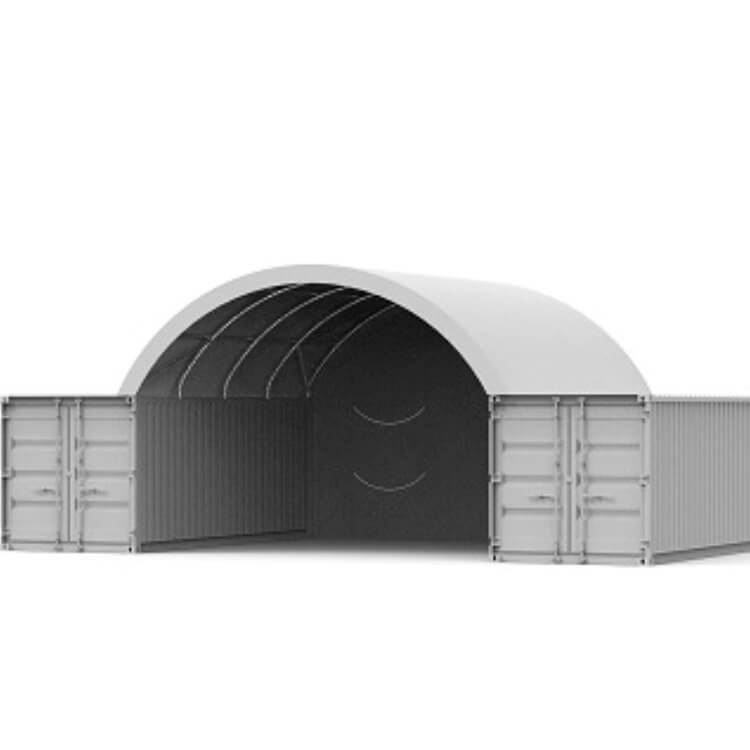Design Services

Container Shelters: Flexible, Sustainable and Innovative Solutions
With the acceleration of global urbanization and the frequent occurrence of natural disasters, traditional building models and emergency shelters are increasingly unable to meet rapidly changing needs. As a new type of emergency housing and temporary living solution, container shelters are becoming an important way to solve housing problems with their high efficiency, flexibility and sustainability.
What are container shelters?
Container shelters are temporary or long-term living spaces based on standard containers (usually shipping containers). These containers were originally used for cargo transportation, but they can be converted into comfortable and practical living units through modification, reinforcement, insulation, power supply, etc. Compared with traditional buildings, container shelters have many unique advantages, making them widely used in emergency rescue, post-disaster reconstruction, and low-cost housing.
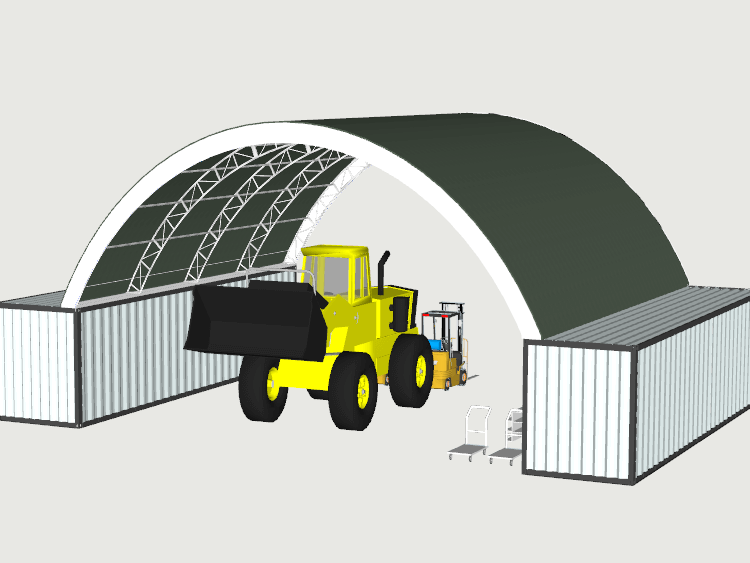
Advantages of container shelters
1. Rapid construction and deployment
The standardized design of containers enables container shelters to be quickly assembled and deployed. This prefabrication feature allows them to be put into use quickly, especially suitable for providing emergency shelter after natural disasters. Containers can be easily transported to disaster areas and transformed into fully functional shelters through simple modifications, helping the affected people to resume basic life as soon as possible.
2.High adaptability and scalability
Container shelters can be flexibly transformed and expanded according to needs. Containers of different sizes and functions can be connected together to form a centralized shelter area, or they can be used as independent living units. This flexibility makes container shelters not only suitable for post-disaster reconstruction, but also for temporary offices, shops, sanitary facilities, etc.
3.Environmental friendliness and sustainability
The transformation process of container shelters usually involves the reuse of old containers, which helps to reduce waste and resource consumption and conforms to the concept of sustainable development. In addition, the container itself has good structural strength, can be used in different climatic conditions, and has strong adaptability. This makes container shelters also have certain advantages in energy saving and environmental protection.
4.Cost-effectiveness
Compared with traditional buildings, container shelters have lower construction costs. The container itself is cheap, and the cost after transformation is relatively small. In addition, due to the short construction period of container shelters, the overall time cost can be reduced. Therefore, it has become an ideal choice for many governments and organizations to respond to emergency housing needs.
5.Durability and safety
As a means of transport for carrying bulk goods, the structure of the container itself is very strong and can withstand greater pressure and external impact. This makes container shelters a relatively safe shelter option in areas prone to natural disasters. For example, when disasters such as earthquakes or floods occur, the steel structure of the container can provide relatively high earthquake and wind resistance.
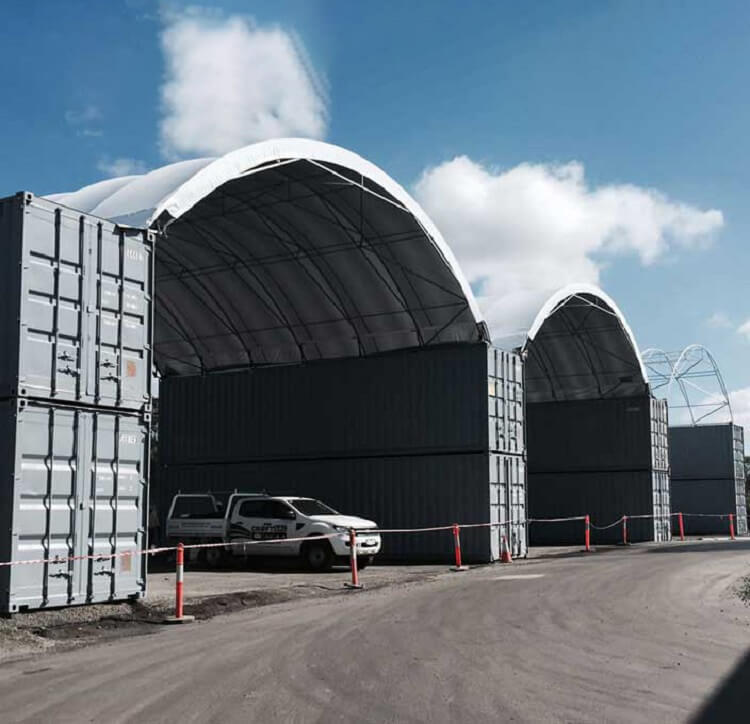
Application areas of container shelters
1. Emergency housing
In sudden disasters or conflict areas, container shelters can be used as emergency housing for rapid response. The United Nations High Commissioner for Refugees (UNHCR) and many international non-governmental organizations (NGOs) have begun to use containers as temporary living units to provide shelter for disaster victims.
2. Post-disaster reconstruction
Container shelters play an important role in post-disaster reconstruction. In many post-disaster areas, traditional building materials and construction periods limit the progress of reconstruction. As an alternative to temporary housing, containers can not only provide emergency shelter for disaster victims, but also buy time for later reconstruction work.
3. Low-cost housing
With the acceleration of global urbanization, especially in developing countries, the housing demand of low-income groups is increasing. As an economical and practical form of residence, container shelters can effectively alleviate the housing pressure of low-income groups.
4. Temporary offices and commercial uses
Container shelters are not limited to residential use. They are also widely used in commercial spaces such as temporary offices, warehouses, shops and even restaurants. Due to the strong flexibility and mobility of containers, the location and function can be adjusted according to actual needs.
Challenges and prospects for sustainable development
Although container shelters have many advantages, their development also faces some challenges. For example, containers have poor insulation and require additional insulation and ventilation design to ensure the comfort of the living environment. In addition, the size and shape of containers may not be suitable for the needs of all regions and require customized modifications.
However, with the continuous advancement of technology, more and more innovative designs are solving these problems. For example, the use of environmentally friendly materials for insulation and the use of solar panels to provide energy can further improve the functionality and sustainability of container shelters.
In the future, container shelters are expected to be more widely used around the world, especially in response to climate change, urbanization and unstable international situations. Their flexibility and efficiency will make them an important emergency and long-term living solution.
Conclusion
As an innovative architectural solution, container shelters can not only provide a stable and safe living environment in a short period of time, but also have high sustainability and economic benefits. With the continuous innovation of technology and design, container shelters will show more potential in future development and make positive contributions to solving the increasingly serious housing problems in the world, responding to natural disasters and promoting sustainable development.


